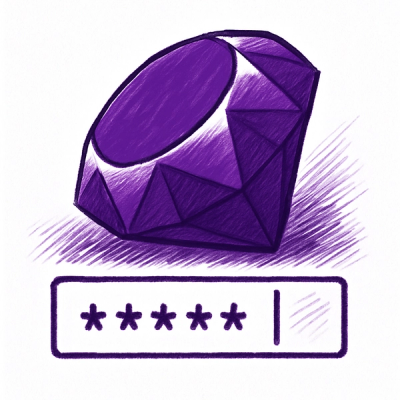
Security News
npm Adopts OIDC for Trusted Publishing in CI/CD Workflows
npm now supports Trusted Publishing with OIDC, enabling secure package publishing directly from CI/CD workflows without relying on long-lived tokens.
embedded-juttle
Advanced tools
Run some Juttle on some data...right in your browser.
$ npm install embedded-juttle
<html>
<head>
<script type="text/javascript" src="node_modules/embedded-juttle/dist/embedded-juttle.min.js"></script>
<head>
<body>
<script type="text/javascript">
'use strict';
const points = [
{
time: new Date(1000),
v: 1
},
{
time: new Date(2000),
v: 2
}
];
let juttle = new EmbeddedJuttle('put v2 = v | view table');
juttle.run({
wait: true,
points: points
}).then((result) => {
console.log(JSON.stringify(result, null, 2));
})
.catch((err) => {
console.log("got an error trying to do runBatch: " + err);
});
</script>
</body>
</html>
prints
{
"output": {
"view0": {
"type": "table",
"options": {},
"data": [
{
"type": "point",
"point": {
"time": "1970-01-01T00:00:01.000Z",
"v": 1,
"v2": 1
}
},
{
"type": "point",
"point": {
"time": "1970-01-01T00:00:02.000Z",
"v": 2,
"v2": 2
}
}
]
}
},
"warnings": [],
"errors": []
}
Instantiate a new EmbeddedJuttle with the Juttle code. Unlike Juttle code you would send to the juttle-engine or the CLI, the juttle code here should not start with a source and instead should start with the a processor.
Runs the juttle. Returns a promise.
Options:
wait (defaults to false): If false, the returned promise is resolved as soon as the program is activated and is ready to start receiving points. If true, the returned promise is resolved when the program has completed. The resolved value contains the descriptions and points for each view in your juttle and any errors and/or warnings that occurred during execution.points: When using { wait: true }, specify the data to run the juttle on here.Send points into the juttle flowgraph. Use this when run() with { wait: false }. Can be called multiple times.
Lets juttle know that you will not be sending any more points. juttle will emit an end event once all the points have gone through the flowgraph. Used when run() with { wait: false }.
Subscribe to events. Used when run() with { wait: false }.
Events:
"view:points": Emitted when points arrive at one of the views in the juttle program."view:mark": Emitted when a mark arrives at one of the views in the juttle program."view:tick": Emitted when a tick arrives at one of the views in the juttle program."end": Emitted when a program has completed and will not emit any more points.Get the views found in the juttle program. Should be called after run().
FAQs
Run some juttle on some data...right in your browser.
The npm package embedded-juttle receives a total of 1 weekly downloads. As such, embedded-juttle popularity was classified as not popular.
We found that embedded-juttle demonstrated a not healthy version release cadence and project activity because the last version was released a year ago. It has 1 open source maintainer collaborating on the project.
Did you know?

Socket for GitHub automatically highlights issues in each pull request and monitors the health of all your open source dependencies. Discover the contents of your packages and block harmful activity before you install or update your dependencies.

Security News
npm now supports Trusted Publishing with OIDC, enabling secure package publishing directly from CI/CD workflows without relying on long-lived tokens.

Research
/Security News
A RubyGems malware campaign used 60 malicious packages posing as automation tools to steal credentials from social media and marketing tool users.

Security News
The CNA Scorecard ranks CVE issuers by data completeness, revealing major gaps in patch info and software identifiers across thousands of vulnerabilities.